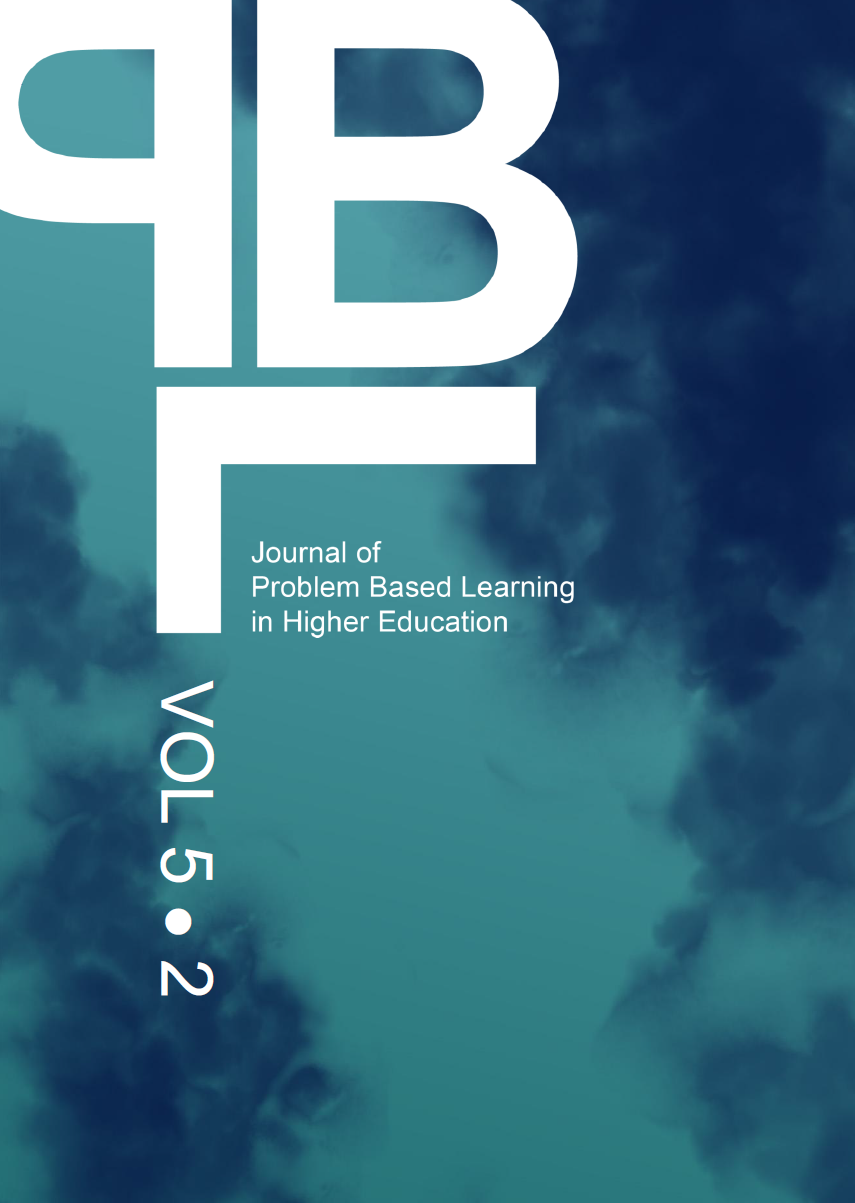Abstract
Changing learning objectives was the beginning of rethinking the pedagogical frame of my courses within a traditional law study program. The objectives were changed in order to aim for students becoming better at reflecting on the curriculum. I chose to work within a workshop frame incorporating some of the Aalborg PBL principles. The two courses conducted within this frame are Danish Consumer Law (in Danish) and EU Consumer Law (in English). They are both electives at master level (8th semester) at the Law School at Aalborg University. This case description gives an insight into the structure of the workshops and gives examples of what tasks the students are assigned to work on in the group work in order to achieve the learning objectives.
References
Course evaluations Spring 2016. To be publiced on http://www.law.aau.dk/den-juridiske-skole/Evalueringer+for+Jura-+og+Erhvervs%C3%B8konomi-jura/.
Herskin, Bjarne (1997), Undervisningsteknik for universitetslærere, Samfundslitteratur, Chapter 2.
Keldorff, Søren (1989), Tæt på en gruppe – en projektgruppes besvær og succes, Edupax.
Krathwohl, David R., & Bloom, Benjamin S., & Masia, Bertram B (1964), Taxonomy of Educational Objectives, Book 2, Longman.
Laursen, Erik (2004), Problem-based Learning as a way of organizing learning and teaching at the University, in
Kolmos, A.K Fink, F.K. &, L. (eds.) The Aalborg PBL Model – Progress, Diversity and Challenges, Aalborg University Press.
Laursen, Erik, PPBL: A flexible Model addressing the problems of transfer, in Krogh, Lone & Aarup Jensen, Annie (eds.) Visions, Challenges and Strageties, Aalborg University Press, p 34 seq.
Ramsden, Paul (1999), Strategier for bedre undervisning, Gyldendal.
Savin-Baden, M & Major, CH (2004), Problem Based Learning and Theories of Learning, The Society for Research into Higher Education & Open University Press, Chapter 3.
The Aalborg PBL model http://www.aau.dk/digitalAssets/148/148025_pbl-aalborg-model_uk.pdf.
Articles published in Journal of Problem Based Learning in Higher Education are following the license Creative Commons Attribution 4.0 (CC-BY)
Authors retain copyright and grant the journal right of first publication with the work simultaneously licensed under a Creative Commons Attribution 4.0 International License (CC-BY). Further information about Creative Commons
